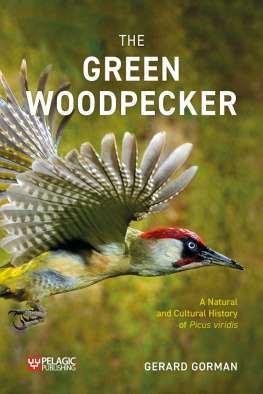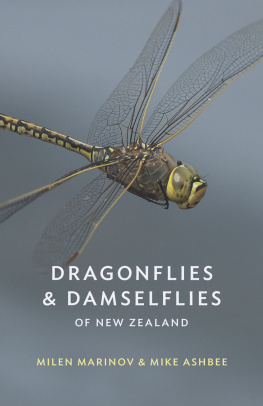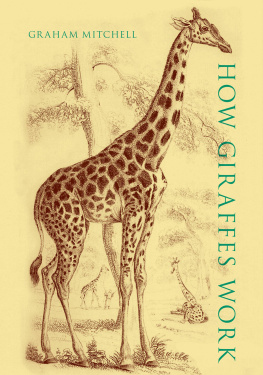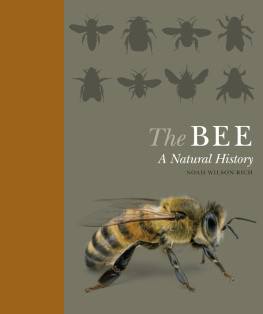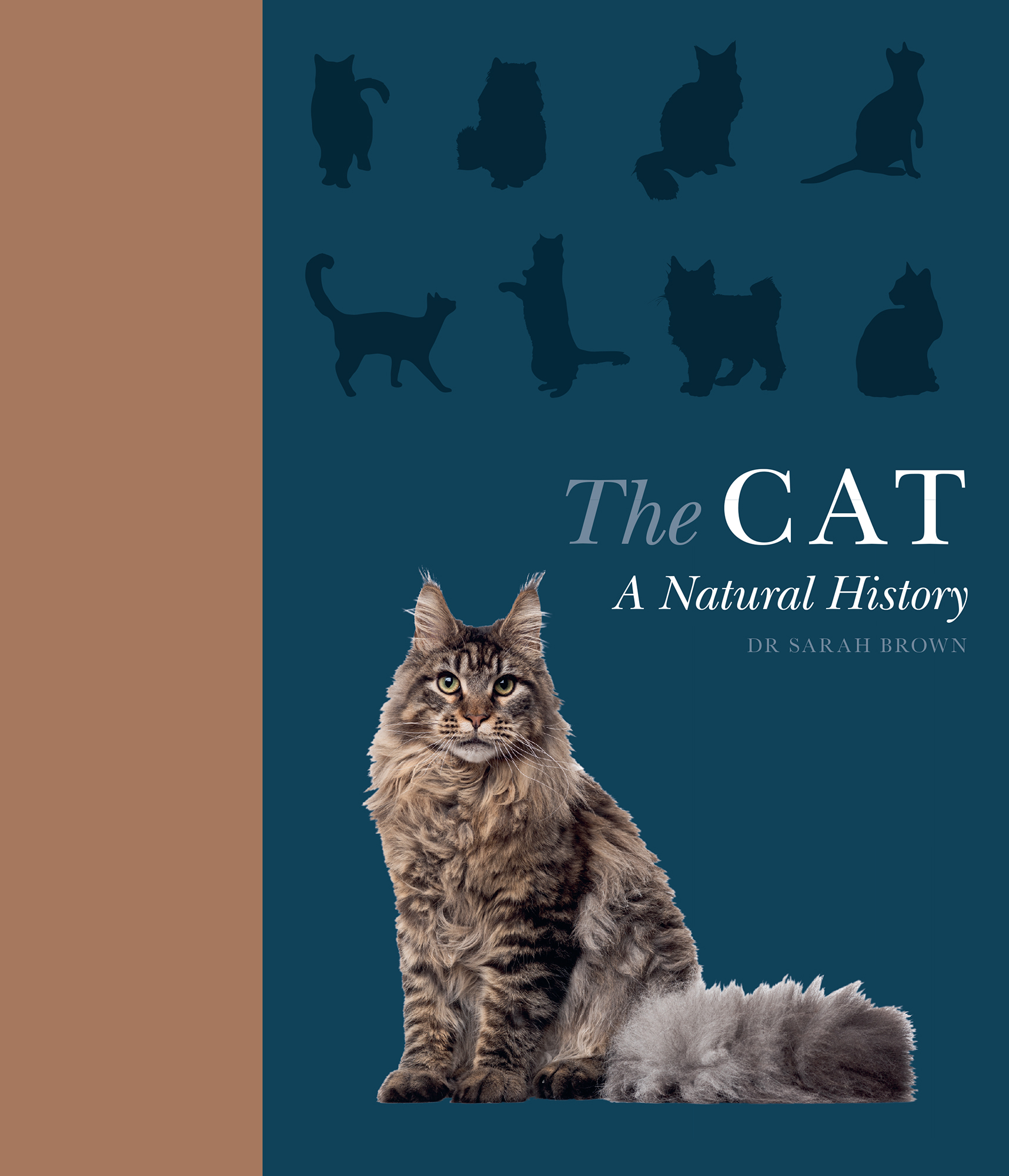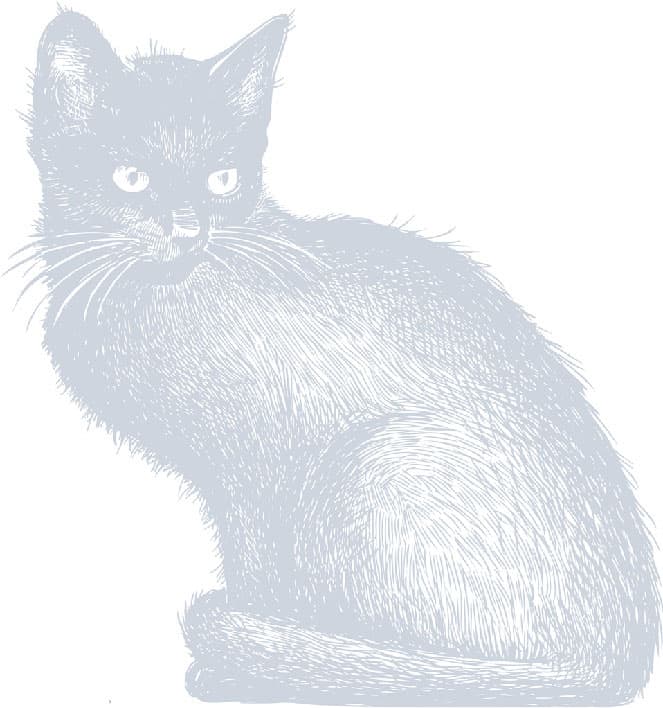Sarah Brown Ph.D - The Cat: A Natural History
Here you can read online Sarah Brown Ph.D - The Cat: A Natural History full text of the book (entire story) in english for free. Download pdf and epub, get meaning, cover and reviews about this ebook. year: 2020, publisher: Ivy Press, genre: Home and family. Description of the work, (preface) as well as reviews are available. Best literature library LitArk.com created for fans of good reading and offers a wide selection of genres:
Romance novel
Science fiction
Adventure
Detective
Science
History
Home and family
Prose
Art
Politics
Computer
Non-fiction
Religion
Business
Children
Humor
Choose a favorite category and find really read worthwhile books. Enjoy immersion in the world of imagination, feel the emotions of the characters or learn something new for yourself, make an fascinating discovery.

- Book:The Cat: A Natural History
- Author:
- Publisher:Ivy Press
- Genre:
- Year:2020
- Rating:5 / 5
- Favourites:Add to favourites
- Your mark:
The Cat: A Natural History: summary, description and annotation
We offer to read an annotation, description, summary or preface (depends on what the author of the book "The Cat: A Natural History" wrote himself). If you haven't found the necessary information about the book — write in the comments, we will try to find it.
Provides a comprehensive, richly illustrated introduction to the natural and cultural history of the cat
Offers an in-depth discussion of behaviour, including social organization, communication, courtship, and learning
Covers anatomy and physiology, including mobility, predation skills, and the genetics of coat colors
Features clear and accessible text plus infographics, diagrams, and 250 stunning color photographs
Includes a beautiful photographic directory of more than forty breeds
Tracking the evolution of the cat from its first ancestor, the Pseudaelurus, to the emergence of the modern domestic cat, Sarah Brown looks at how different lineages of the species developed and how the domestic cat Felis came into contact with humans.
Clear accounts of how the cats body functions help explain its extraordinary ability to balance, assess its hunting abilities, and understand its health and dietary needs. Details about the range of coat types and colours and their genetics give a comprehensive overview of the many breeds and nonbreeds we see today. Descriptions of the function of whiskers, the cats reliance on their sense of smell, and the sensory importance of the tongue all contribute to our understanding of the cats physiology.
Cat communication by different means is covered, including vocalization and non-vocal communication. Whether living in the wild, on the streets or in a domestic setting, learning how to relate to other cats is a central element to cats socialization, and this is discussed as part of an in-depth look at cat behaviour.
The cats notorious independent spirit and how it affects the cat-human relationship is assessed, and we take a look at attitudes to cats over the centuries and show how cats have featured in culture. The author offers advice on how to promote feline harmony in a multi-cat household, and how to enhance your pets physical and mental well-being.
A directory of breeds features gorgeous photographs of more than 40 popular breeds, alongside details of their characteristics, genetic background and care requirements. Modern breeding and associated issues are raised, and a comprehensive glossary of medical terms covers health issues that owners need to know.
Anyone with an interest in or love for cats, and all those who have owned a cat will find much to learn and enjoy in The Cat; A Natural History.
Sarah Brown Ph.D: author's other books
Who wrote The Cat: A Natural History? Find out the surname, the name of the author of the book and a list of all author's works by series.

